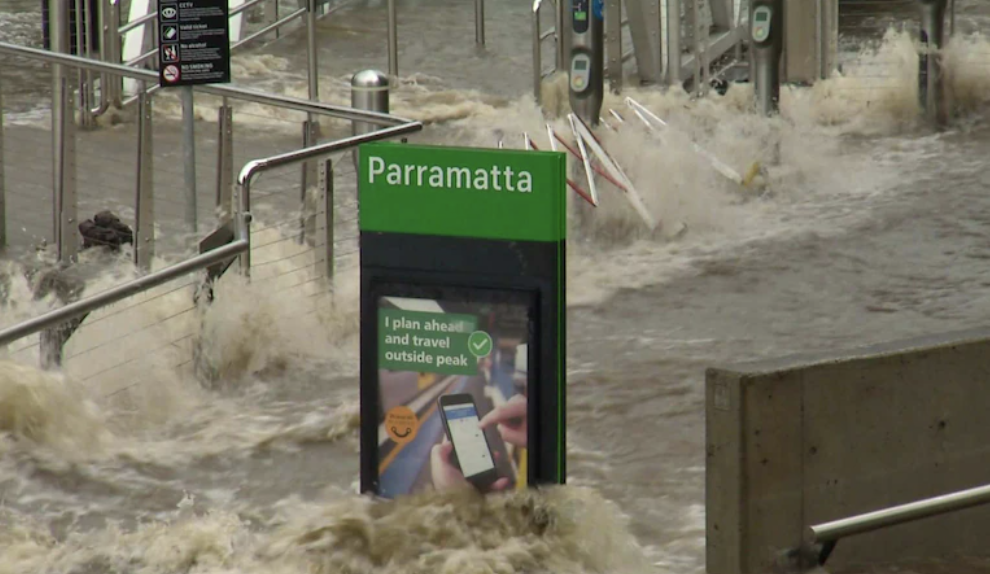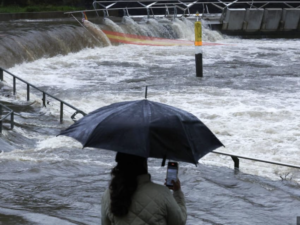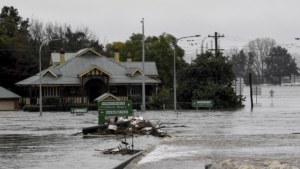Navigating the Aftermath: Coping with the Sydney Flood
Finding Strength and Resilience in the Face of Adversity

Introduction: The recent flooding in Sydney has left many residents grappling with the aftermath of widespread devastation and displacement. As communities come together to support one another in this time of crisis, it’s essential to address the challenges and uncertainties that lie ahead. In this blog post, we’ll explore the impact of the Sydney flood, offer practical tips for coping with its aftermath, and highlight the resilience and strength of the human spirit in the face of adversity.

1. Understanding the Scope of the Flood: The recent flooding in Sydney has been described as one of the worst natural disasters in recent memory, with torrential rains leading to overflowing rivers, flash floods, and widespread damage to homes, infrastructure, and livelihoods. As residents grapple with the aftermath of the disaster, it’s essential to understand the scope of the flood and its far-reaching implications for the community.

2. Coping with Loss and Displacement: For many residents affected by the flood, the loss of homes, possessions, and sense of security can be deeply traumatic and overwhelming. Coping with the emotional and psychological toll of displacement requires resilience, support, and a willingness to seek help when needed. Whether you’re processing feelings of grief, fear, or uncertainty, know that you’re not alone and that help is available.

3. Prioritizing Safety and Well-being: In the aftermath of a flood, safety and well-being should be the top priorities for affected residents. Take necessary precautions to protect yourself and your loved ones from potential hazards such as contaminated water, structural damage, and mold growth. Follow guidance from local authorities and emergency services, and seek medical attention if you or anyone in your household experiences injury or illness.

4. Seeking Support and Community Resources: Recovering from a natural disaster requires a collective effort, with community support and resources playing a crucial role in the rebuilding process. Reach out to local charities, government agencies, and nonprofit organizations for assistance with housing, food, clothing, and other essentials. Take advantage of support groups, counseling services, and community gatherings to connect with others and share your experiences.
5. Navigating the Road to Recovery: Rebuilding in the aftermath of a flood is a long and challenging journey, requiring patience, perseverance, and a commitment to resilience. Take small steps toward recovery each day, whether it’s cleaning up debris, contacting insurance providers, or seeking assistance with repairs and renovations. Embrace the support of friends, family, and neighbors, and remember that healing takes time.

6. Fostering Resilience and Hope: Despite the devastation caused by the Sydney flood, there is hope on the horizon as communities come together to support one another and rebuild stronger than ever before. Draw strength from the resilience of the human spirit, and find solace in the knowledge that brighter days lie ahead. Together, we can overcome the challenges posed by the flood and emerge stronger, more united, and more resilient than ever before.
Conclusion: As we navigate the aftermath of the Sydney flood, it’s essential to prioritize safety, seek support, and foster resilience in the face of adversity. By coming together as a community, supporting one another, and embracing the journey of recovery, we can rebuild and restore what has been lost and emerge stronger and more resilient than ever before. Let us stand together in solidarity, offering compassion, hope, and strength to those affected by the flood, as we work towards a brighter, more resilient future for all.
